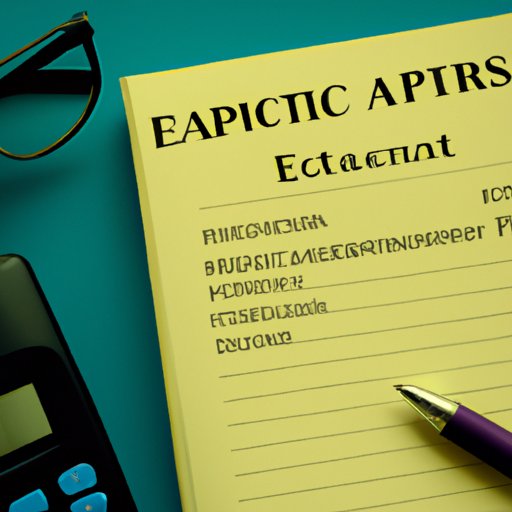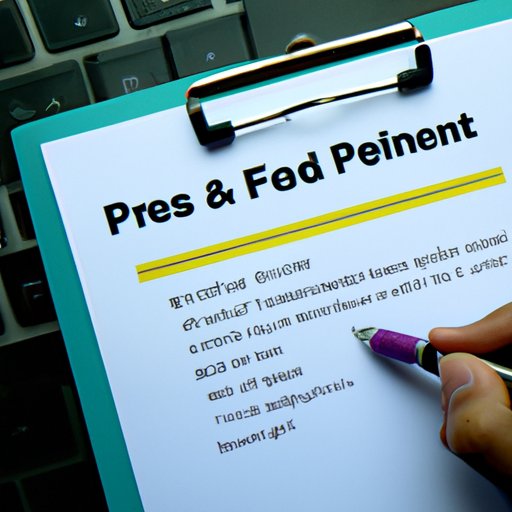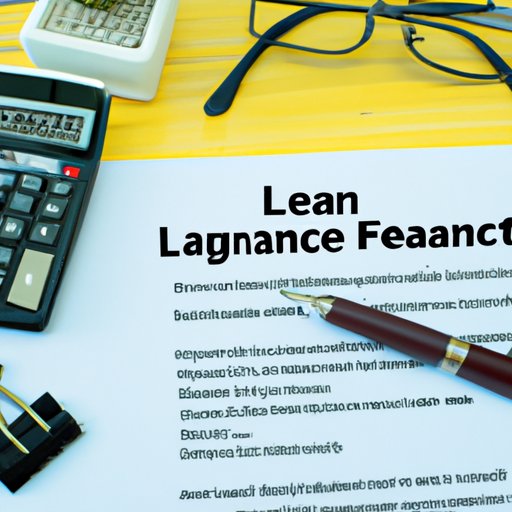
Exploring the Basics of an Equipment Finance Agreement
An equipment finance agreement is a type of loan that allows businesses to purchase essential equipment without depleting their cash reserves. It is a form of asset-based lending, meaning that the lender uses the equipment as collateral for the loan. An equipment finance agreement can be used to purchase a variety of equipment, such as vehicles, computers, manufacturing machinery, or medical devices.
What is an Equipment Finance Agreement?
In an equipment finance agreement, the borrower agrees to pay back the loan over a set period of time with interest. The interest rate and repayment terms vary depending on the lender and the borrower’s credit history. The agreement also specifies the ownership rights of the equipment, which can either be retained by the borrower or transferred to the lender until the loan is paid off. The agreement typically includes a clause that allows the lender to repossess the equipment if the borrower defaults on the loan.
Types of Equipment Financing
There are several different types of equipment financing available, including term loans, lines of credit, and leases. Term loans are the most common type of equipment financing, and they involve a lump sum payment with fixed interest rates and repayment terms. Lines of credit allow borrowers to draw funds as needed up to a certain limit, while leases involve the borrower paying a fixed amount each month for the use of the equipment.

The Benefits of Equipment Financing
Equipment financing offers a number of potential benefits for businesses, including tax advantages, improved cash flow, and lower risk of default. By taking out an equipment finance agreement, businesses can leverage their existing assets to invest in new equipment without having to liquidate their cash reserves. This improves cash flow, as the loan payments are spread out over time rather than being paid up front. Additionally, equipment financing may offer tax advantages, as some lenders will allow businesses to write off the interest paid on the loan.

What You Need to Know About Equipment Financing
Before entering into an equipment finance agreement, it is important to understand your options and compare financing options. Different lenders may offer different rates and terms, so it is important to shop around and find the best deal. Additionally, it is important to understand the credit requirements for equipment financing. Lenders often require a good credit score and a strong financial history in order to qualify for an equipment finance agreement.
Understanding Your Options with Equipment Financing
When considering an equipment finance agreement, it is important to understand the difference between leasing and buying. Leasing involves renting the equipment for a set period of time and then returning it to the lender when the lease ends. Buying involves taking out a loan and then owning the equipment outright once the loan is paid off. It is also important to understand the loan terms, including the interest rate, repayment schedule, and any fees associated with the loan.
The Benefits of an Equipment Finance Agreement
Equipment finance agreements offer a number of potential benefits for businesses, including tax advantages, improved cash flow, and lower risk of default. Tax advantages may include being able to write off the interest paid on the loan. Improved cash flow comes from spreading out the cost of the equipment over time, rather than paying for it upfront. Finally, equipment financing typically has a lower risk of default than other forms of financing, as the equipment serves as collateral for the loan.

How to Make the Most of an Equipment Finance Agreement
In order to make the most of an equipment finance agreement, it is important to negotiate the terms of the agreement. It is also important to shop around for the best deal and know your limits when it comes to the amount you can borrow. Additionally, understanding the credit requirements for equipment financing can help ensure that you are able to secure the best terms available.
An Overview of the Process of Obtaining an Equipment Finance Agreement
When applying for an equipment finance agreement, it is important to have all of the necessary documentation ready. This includes bank statements, income tax returns, and proof of identity. The lender will also run a credit check to determine if you are eligible for the loan. Once approved, the lender will provide the paperwork required to close the deal.
Maximizing Your Investment with an Equipment Finance Agreement
Once you have obtained an equipment finance agreement, it is important to maintain good credit and make timely payments in order to maximize your investment. Additionally, it is important to stay in compliance with the terms of the agreement to avoid any penalties. By following these steps, businesses can make the most of their equipment finance agreement.
(Note: Is this article not meeting your expectations? Do you have knowledge or insights to share? Unlock new opportunities and expand your reach by joining our authors team. Click Registration to join us and share your expertise with our readers.)
